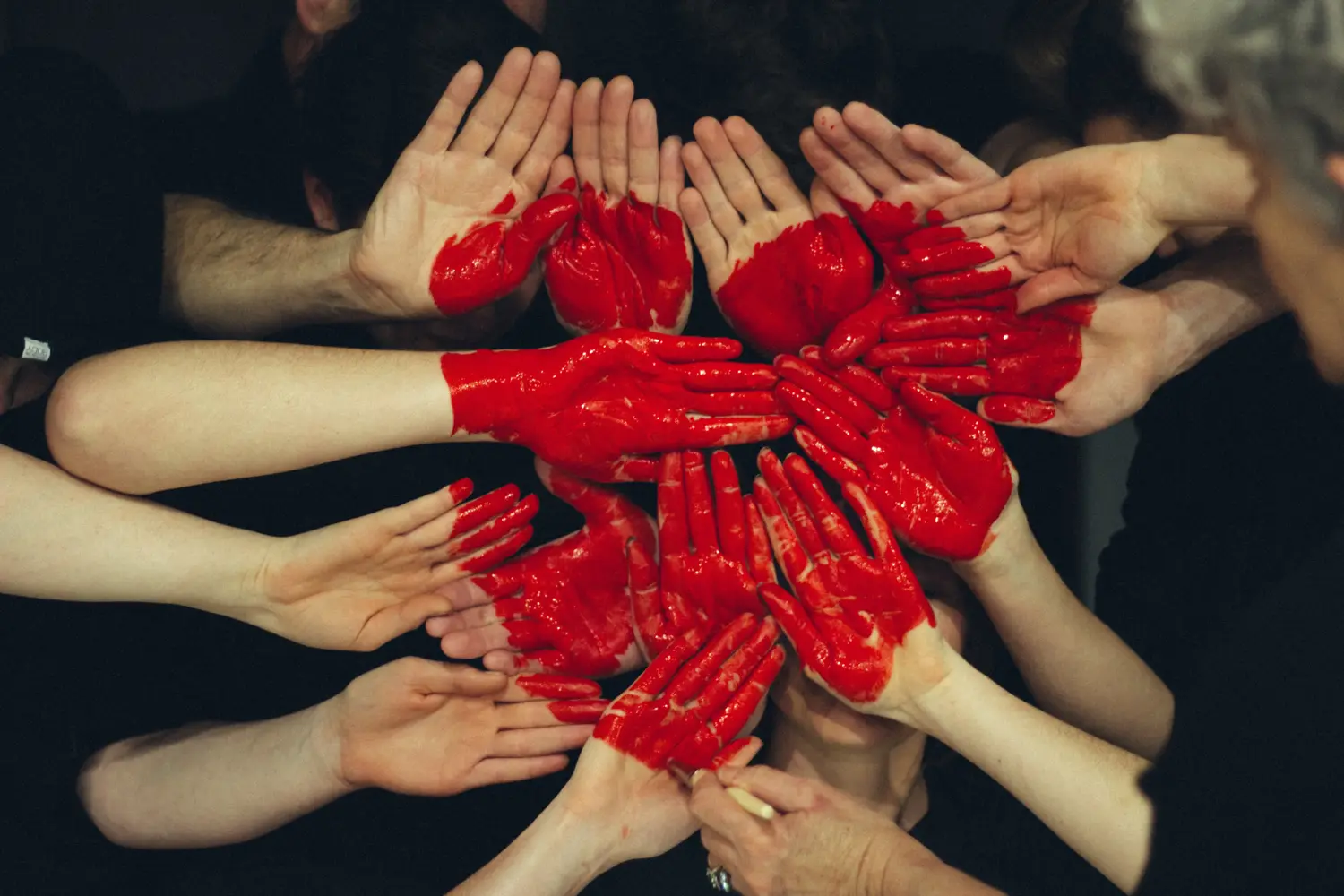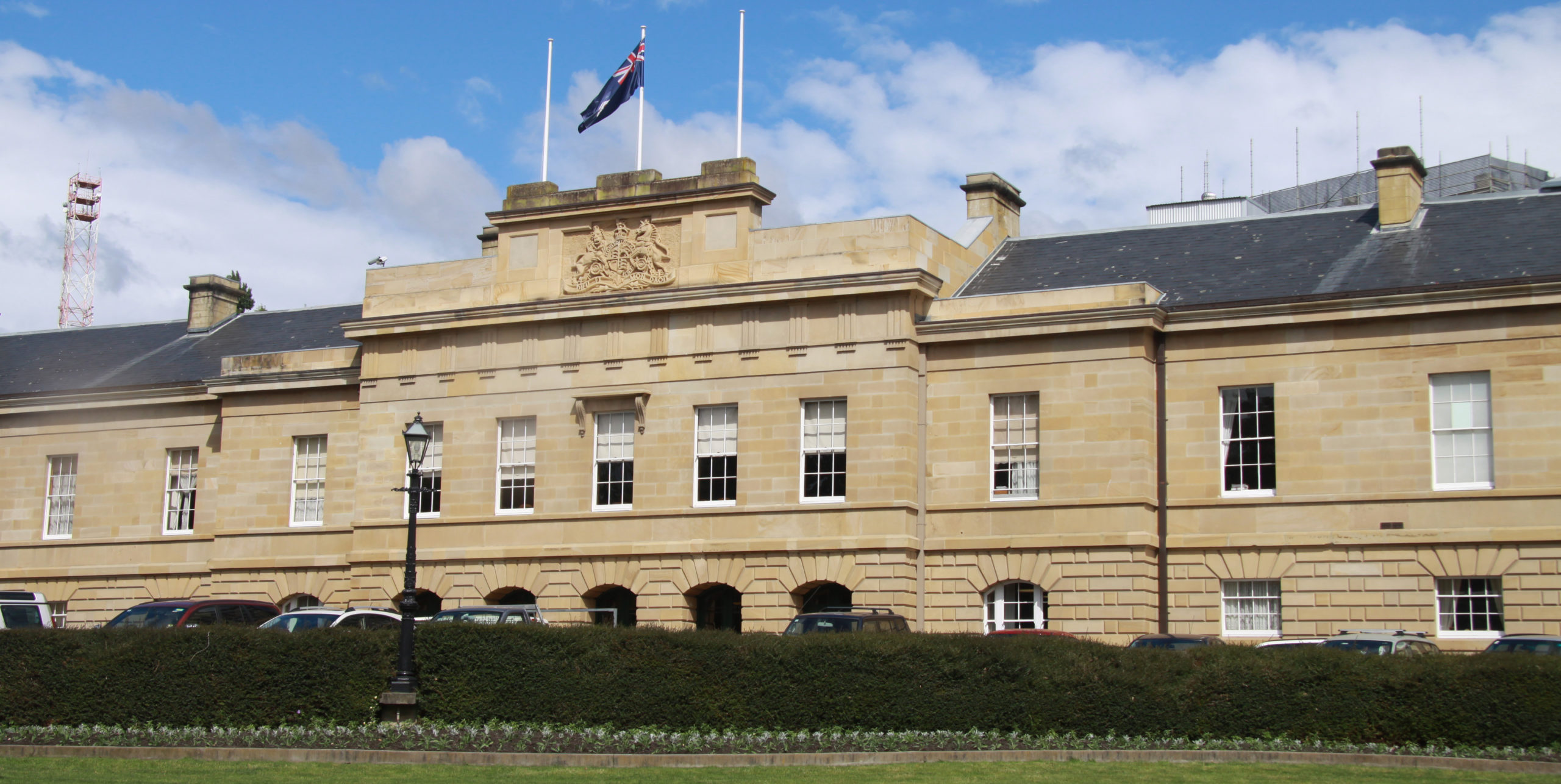Monash University researchers have received $22.58 million in Australian Research Council Discovery Project funding that will support 46 research projects from a wide range of disciplines.
Discovery funding recognises the importance of fundamental, ‘blue sky’ research to Australia, to build new knowledge to support a wide range of outcomes. More than $221 million in ARC Discovery Projects funding for 478 new projects was announced by the ARC, providing between $30,000 and $500,000 each year for up to five consecutive years.
The Monash Faculty of Medicine, Nursing and Health Sciences was awarded 15 of the grants totalling over $8.5 million, followed by the Faculty of Science with over $5 million, and Engineering with more than $3.7 million.
Monash University President and Vice-Chancellor Professor Margaret Gardner AC said the funding is fundamental to support cutting-edge research in fields that are investigating some of the world’s greatest challenges.
“As Monash continues delivering excellent and innovative research, this funding will enable our outstanding researchers to continue their groundbreaking work across disciplines to explore new ideas and address the most significant challenges facing our world today,” Professor Gardner said.
Deputy Vice-Chancellor (Research), Professor Rebekah Brown said discovery research remains the bedrock of Monash University’s research quality and innovation.
“The value of discovery research cannot be understated. It is the backbone of all subsequent research and innovation, without which we would not have the knowledge or industries we take for granted today,” Professor Brown said.
“Congratulations to our incredibly talented researchers and thank you to the Australian Research Council for its continued support of discovery research.”
Projects funded include:
Title | Chief Investigator | Faculty |
Driving Towards Greener and Safer Roads using Big Spatiotemporal Data | A/Prof Muhammad Cheema | IT |
Carbon in a Bubble: Cavitation in Ionic Liquids | Dr Daniel Duke | Engineering |
Resonant tender X-ray scattering of organic semiconductors | Prof Christopher McNeill | Engineering |
Sexualised Deepfakes: Predictors, Consequences, Responses and Prevention | A/Prof Asher Flynn | Arts |
The sociology of health data for sexuality and gender diverse people | A/Prof Mark Davis | Arts |
Redesigning workers‚ compensation using participatory systems modelling | Prof Alex Collie | MNHS |
Invisible labour: Principals‚ emotional labour in volatile times | Prof Jane Wilkinson | Education |
A Universal Power Law for Growth and Diversity of Dinosaur and Bird Beaks | A/Prof Alistair Evans | Science |
Determining the links between size and function in phytoplankton | Prof Dustin Marshall | Science |
Fundamental research advancing remanufacturing with a 3D printing technique | A/Prof Wenyi Yan | Engineering |
Understanding uterine contractility for reducing newborn lamb mortality | Em/Prof Helena Parkington | MNHS |
Extracting subtle hints for new phenomena at the Large Hadron Collider | Prof German Valencia | Science |
Exploiting Geometries of Learning for Fast, Adaptive and Robust AI | Prof Dinh Phung | IT |
Understanding the role of digital technologies in addressing loneliness | Prof Alan Petersen | Arts |
Dark-field: A new kind of x-ray imaging | Dr Kaye Morgan | Science |
Labour Market and Health Dynamics of Australia’s Front Line Workers | Prof Michael Shields | BusEco |
Ultrathin Gold Nanocrystal Conductors for Wearable Epidermal Biofuel Cells | Prof Wenlong Cheng | Engineering |
Biomolecular condensates in mRNA-regulation in germ cells | Dr Peter Boag | MNHS |
Defining how signalling pathways cooperate to regulate organ size | Prof Kieran Harvey | MNHS |
The Benefits of Utilising Visual-Spatial Representations of Numbers | Dr Sarah Hopkins | Education |
Harnessing Business Insights from Unstructured Customer Data | Prof Stephan Ludwig | BusEco |
A platform technology for developing mesoporous polymer particles | Prof San Thang | Science |
Dynamic Microcages for Cells: Advanced Tools to Interrogate Cell Mechanics | Prof Nicolas Voelcker | Engineering |
Design of 2D Soft Plasmonic Photocatalysts for Artificial Leaves | Dr Qianqian Shi | Engineering |
The viral fusosome: a modular machinery for cargo delivery to target cells | A/Prof Fasseli Coulibaly | MNHS |
In depth characterisation of the gamma delta T cell immune synapse | Dr Benjamin Gully | MNHS |
A theory for the vertical structure of tropical atmospheric circulations | Dr Martin Singh | Science |
Hitting bacteria with a Bam: Lectin-Like Antimicrobials as New Antibiotics | Dr Rhys Grinter | MNHS |
How do vortices live in spatio-temporally complex flows? | Dr Kengo Deguchi | Science |
Self-Interacting Random Walks | A/Prof Andrea Collevecchio | Science |
Resilient design of energy pile foundations toward zero carbon buildings | Prof Abdelmalek Bouazza | Engineering |
The Role of Lck/CD8 Association in Negatively Regulating T cell Activation | Prof Nicole La Gruta | MNHS |
Histone H3.3-dependent transcriptional control and B cell differentiation | A/Prof Lee Wong | MNHS |
Unravelling the maternal gut microbiome as a driver of fetal development | A/Prof Francine Marques | Science |
Structure and dynamics of class B1 G protein coupled receptors | A/Prof Denise Wootten | P&PS |
The physiological importance of GLP-1R and GIPR dimerisation | A/Prof Denise Wootten | P&PS |
Defining novel immune checkpoints controlled by stromal cells | Prof Mariapia Degli-Esposti | MNHS |
Beautiful strings | Prof Peter Skands | Science |
Mapping Australians’ Media Use and Civic Attitudes | Prof Mark Andrejevic | Arts |
Extracting energy from air: mechanism of a bacterial hydrogenase | A/Prof Chris Greening | MNHS |
A Transdimensional Approach to Gravitational-Wave Astronomy | Prof Eric Thrane | Science |
Imaging mammalian organogenesis with adaptive optics | Dr Alexander Combes | MNHS |
Understanding why mammalian eggs have so much mitochondrial DNA | Dr Deepak Adhikari | MNHS |
High activity catalysts for CO2 recycling to valuable chemical products | A/Prof Akshat Tanksale | Engineering |
How are sperm mitochondria eliminated after fertilisation | Prof John Carroll | MNHS |
Visualising chromatin changes in 3 dimensions: super to ultra resolution | Prof Stephen Turner | MNHS |








